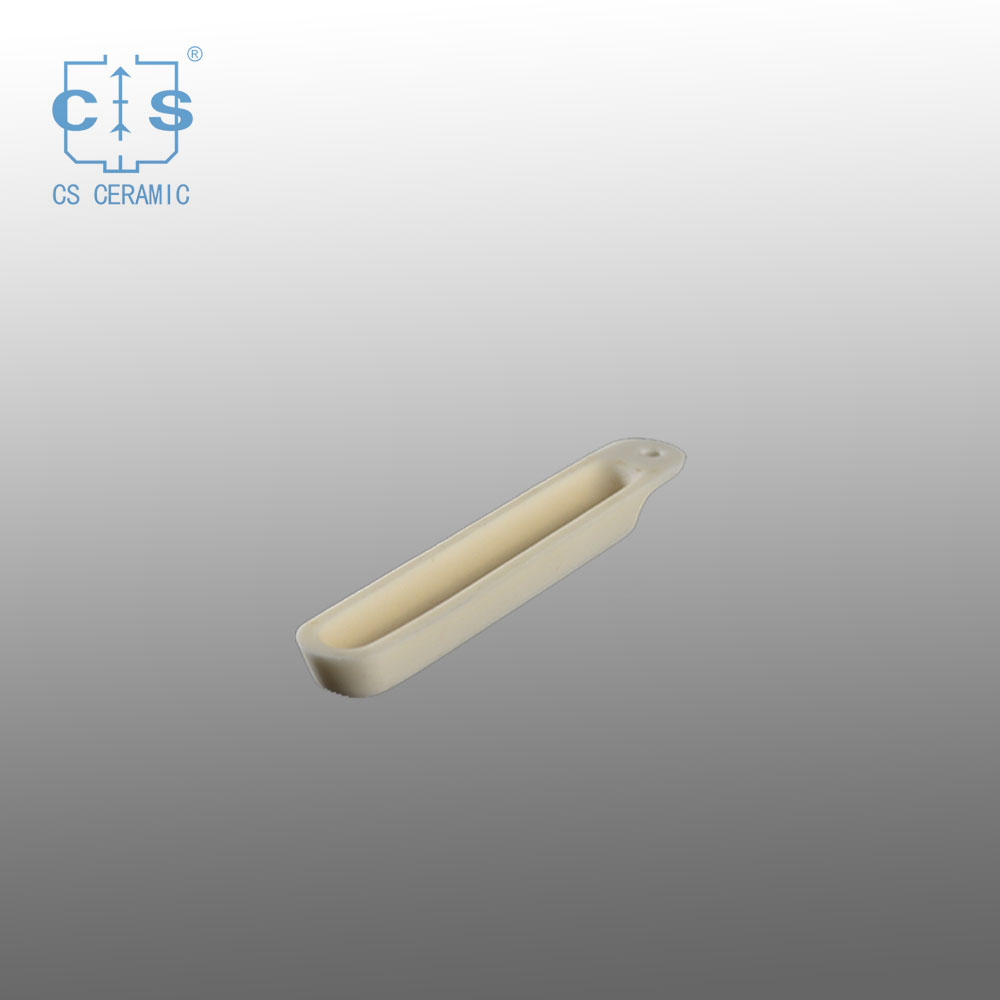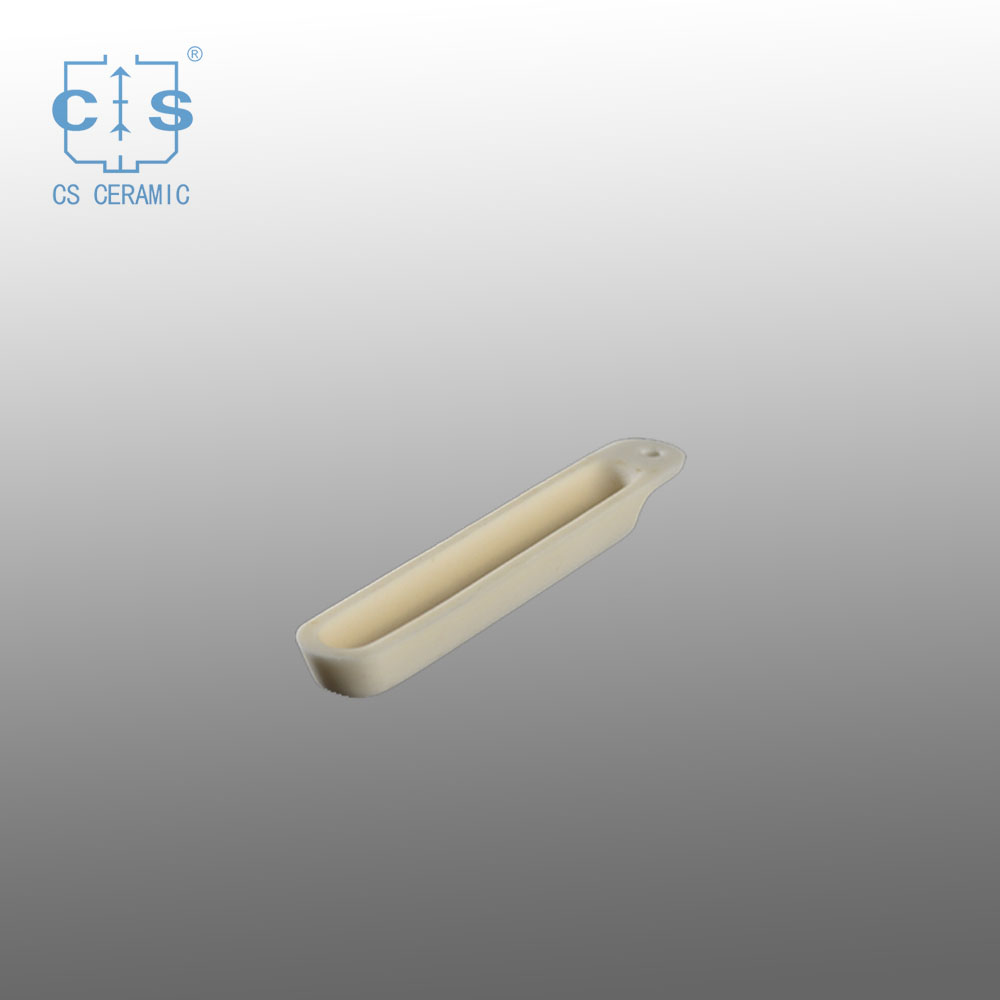In the dynamic landscape of advanced technical ceramics, alumina boat crucibles have emerged as a pivotal tool in various industrial processes. Their unique properties and adaptability to evolving technological requirements have made them indispensable in sectors ranging from electronics to aerospace. This article delves into the properties, applications, and selection criteria of alumina boat crucibles, aiming to provide a comprehensive guide for those seeking to leverage this material for their projects.
Properties and Characteristics of Alumina Boat Crucibles
Alumina boat crucibles are fabricated using high-purity alumina powder, a compound renowned for its exceptional thermal stability and chemical inertness. Their refined microstructure and precision manufacturing processes ensure resilience to extreme temperatures, chemical corrosion, and mechanical abrasion. These crucibles exhibit excellent dimensional stability, making them suitable for applications requiring precise temperature control and material handling.
Applications of Alumina Boat Crucibles
The versatility of alumina boat crucibles is reflected in their diverse applications. In the electronics industry, they are used for melting and processing of semiconductors and other sensitive materials. In the metallurgical sector, they serve as crucibles for melting and casting of precious metals. Their chemical inertness also renders them suitable for use in glassmaking and ceramic processing, where contact with reactive fluxes and melts is common.

How to Select the Right Alumina Boat Crucible for Your Project
Choosing the appropriate aluminum oxide boat crucible for a project involves considering factors such as the operating temperature, chemical compatibility with the materials being processed, and the desired level of precision. It is crucial to select a crucible that can withstand the thermal and chemical stresses encountered in the specific process, while also meeting the dimensional and surface quality requirements.
Key Considerations for Designing with Alumina Boat Crucibles
When designing systems that incorporate alumina boat crucibles, it is essential to consider their thermal expansion coefficients and how they interact with other components. Proper thermal management and stress mitigation measures are necessary to ensure the crucibles' longevity and reliability. Additionally, the design should facilitate easy handling and maintenance, minimizing downtime and operational costs.
Manufacturing Process of Alumina Boat Crucibles
The manufacturing process of alumina boat crucibles involves precision powder processing, molding, and sintering. High-purity alumina powder is mixed with binders and additives to form a homogeneous mixture. This mixture is then pressed or injection molded into the desired shape. The green body is then sintered at high temperatures to achieve the desired density and mechanical properties. Post-processing steps such as grinding and polishing may be required to achieve the desired surface finish.

Testing and Quality Control of Alumina Boat Crucibles
Rigorous testing and quality control measures are integral to ensuring the reliability and performance of alumina boat crucibles. Tests such as thermal shock resistance, chemical stability, and dimensional accuracy are conducted to assess the crucibles' suitability for specific applications. Non-destructive evaluation techniques are also employed to detect any flaws or defects that may compromise the crucibles' integrity.
Conclusion
As industries continue to evolve and demand for higher-performance materials increases, alumina boat crucibles remain a valuable asset. Their unique properties and adaptability to changing technological requirements make them an ideal choice for a wide range of applications. By understanding their properties, applications, and selection criteria, users can leverage these crucibles to enhance their processes and drive innovation in their respective fields.




 info@csceramic.com
info@csceramic.com







 +86 18273288522
+86 18273288522